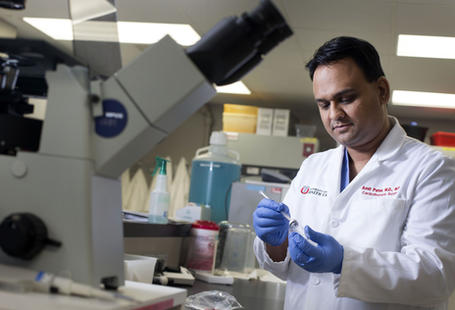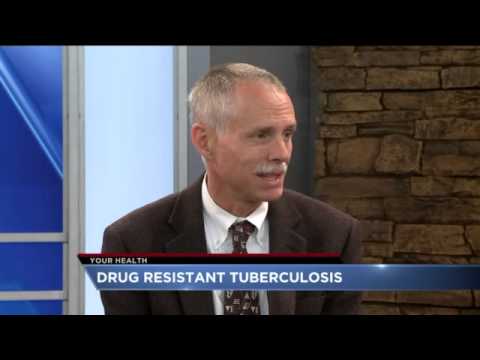
Paracetamol sales surge each year during seasonal flu, dengue and chikungunya outbreaks across India because it is the safest drug to treat fever and pain. Unlike aspirin and other popular NSAIDS (non-steroidal anti inflammatory drugs that treat pain and inflammation) such as ibuprofen and naproxen, it has fewer side effects and does not raise the risk of bleeding associated with dengue and other fevers of unknown origin.
What most people don’t know is that paracetamol (acetaminophen in the US and Canada) overdose, along with alcohol abuse, is among the leading causes of acute liver failure in the US, Canada, UK and Australia. And almost half of the hospitalisations and deaths associated with the painkiller are from accidental overdoses.
In India, where few people get vaccinated against liver-damaging hepatitis A and B infections, infections that spread through contaminated blood ,food and water are the biggest cause of liver damage, followed by alcohol abuse, liver cancer, haemochromatosis (a genetic condition that leads to over-absorption of iron in the liver), and drug toxicities, mostly paracetamol overdose.
How much is too much?
Paracetamol is widely used to treat headaches and minor aches and pains from the common cold, viral and bacterial infections, toothache, sprains, strains and menstrual cramps. It is also a component of hundreds of widely used over-the-counter medicines and syrups, including cold and cough medicines. This often leads to people unwittingly taking more than the safe daily dose that is capped at 4,000 mg (eight tablets, 500 mg each) a day. Selling the drug in smaller quantities in blister packs, as in the UK and India, helps prevent overdose –intentional and accidental – by making it difficult for a person in pain to pop a handful unintentionally.
Toxicity occurs when the drug builds up in the bloodstream faster than it can be cleared by the body. In most people, small amounts of paracetamol is broken down into non-toxic forms and secreted in the urine, but more than the maximum amount can cause the built-up byproducts to disrupt liver function.
Drug toxicity
Though physicians are supposed to voluntarily report adverse drug reactions to the directorate general of health services in India, it is rarely done. Canada, with a population of 35 million reported 4,500 hospitalisations due to paracetamol overdose, of which 16% are accidental, shows Health Canada data, which is asking for stricter labelling. The northern Indian state of Uttar Pradesh, with a population of more than 200 million, has reported none.
Am I at risk?
There’s a very clear threshold for what constitutes a safe dose, which has led to regulatory bodies across the world, including in India, to recommend adults have no more than 4,000 mg a day. People with compromised livers – it could be because of three or more alcoholic (30 ml) drinks for men and two for women every day, or have undiagnosed liver infection or damage –should have it in doses lower than the recommended limit. In children, taking slightly more than the therapeutic dose over long periods can also cause toxicity.
The symptoms of toxicity depend on how much paracetamol is there in your blood. More than 50% of people with underlying liver disease have no symptoms, with signs of liver damage often showing up in late-stage liver disease. It usually begins with vomiting, stomach ache and progresses to jaundice (yellowing of the whites of the eyes and skin due to high levels of bilirubin, a yellow pigment found in bile that is when the liver breaks down old red blood cells), dark urine, pale or light coloured stool, mental confusion, and retention of fluids in the abdomen or belly.





Be the first to comment